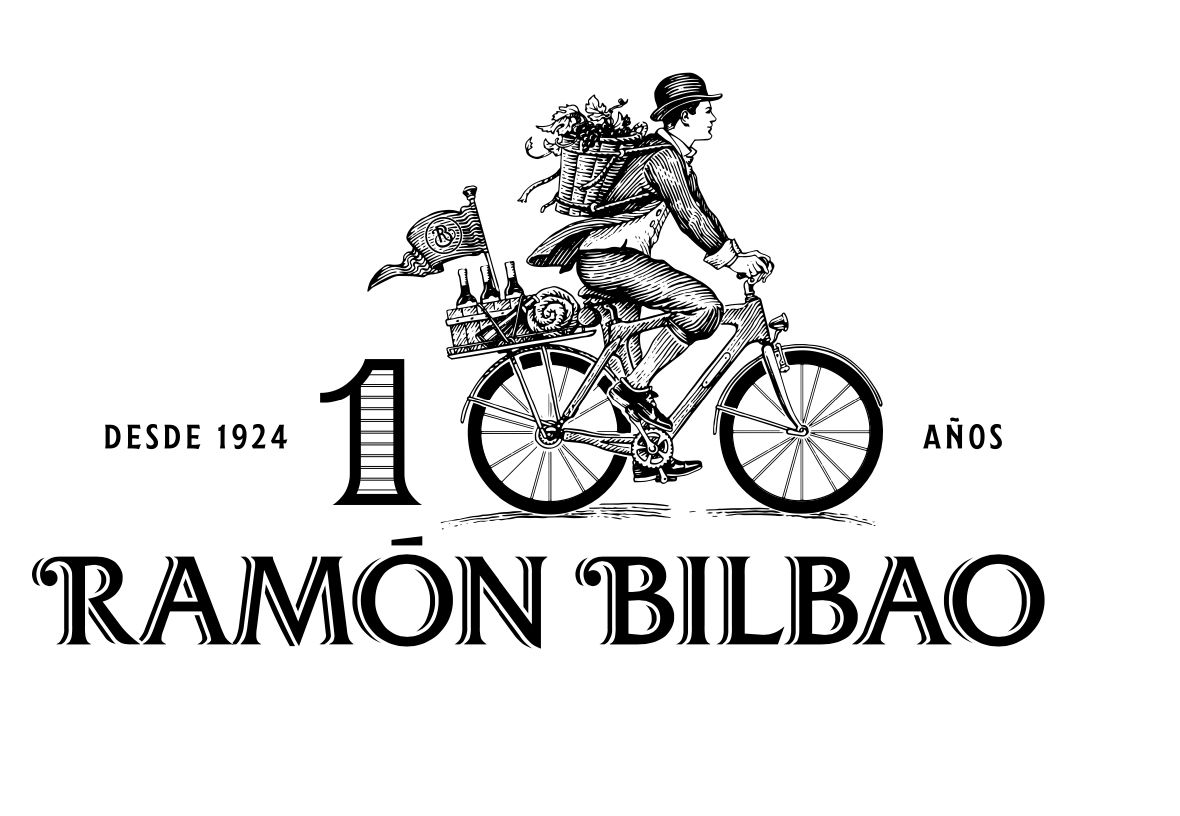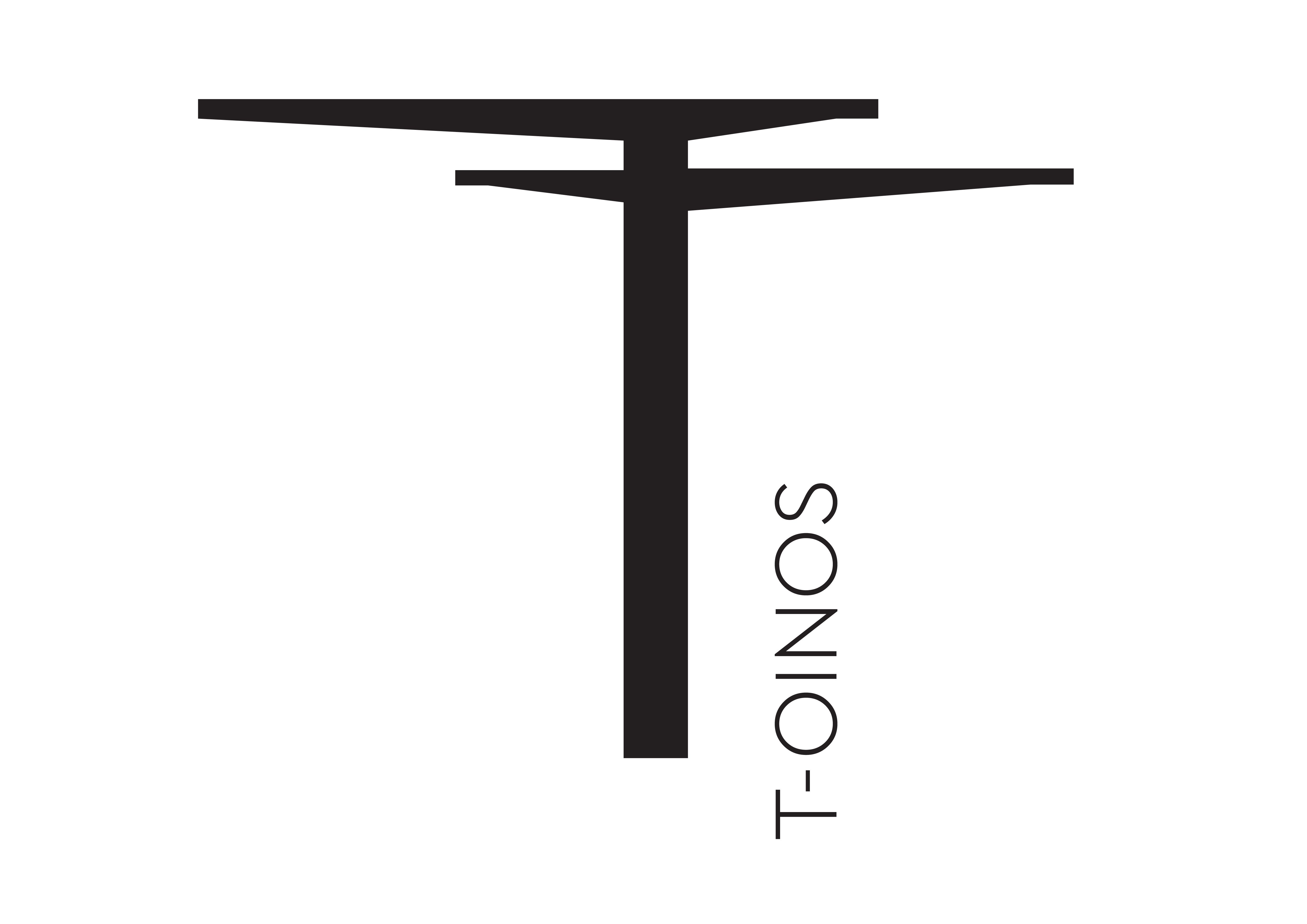It was a very bold move by Negociants UK to ask buyers and sommeliers to price up their wine range by how much they could command on a wine list, and how much profit they could make out of them. But it made for arguably the most commercially-focused and relevant wine tasting of the year.
As the UK wine trade is about to take a collective intake of breath after what has been the whirlwind of autumn portfolio tastings, it can be hard to see the wood from the trees amongst the flurry of bottles, masterclasses, spittoons and a tour around some of the most private and exclusive locations in London.
With so much competition for, literally, share of throat, how do you stand out on the tasting circuit when there can be a handful of events all taking place on the same day? What makes one tasting more memorable than another when all you are left with is a pile of tasting books with barely legible scribbles against wines you can’t now remember a thing about?
Well, The Buyer would like to doff its notebook and pen to the creative team at Negociants UK for a particularly well thought through tasting this week. It may have been a lot smaller than some of the bigger distributor and generic tastings, but it was arguably more useful, and even more importantly, commercially relevant to busy sommeliers and wine buyers already with their eye on the revamped Calfiornia tasting down the road on the same day (which was equally impressive albeit working to a bigger, typically Californian widescreen canvas).
Thinking like buyers

The main portfolio tasting at Negociants’ Somerset House tasting this week
What made the Negociants tasting stand out was that this was not just a collection of wines from its range to taste. They were there to taste, as you would expect. It was particularly impressive in that the Negociants team had clearly tried to put themselves in the shoes of a buyer looking to make hard commercial decisions about the wines they might want to put on a list.
What do they need to get to a tasting? Why are they turning up in the first place?
The days of going along to a tasting just to sip expensive wines, do a bit of networking and enjoy a free lunch are long gone for the kind of professional buyers and sommeliers that are in high demand.
To get in to the minds of the kind of buyers they wanted to attract,Negociants went out and asked a couple, one from the independent retail side and another from the restaurant world, to look at their range and then present it at the tasting in a way they would find useful.
Tasting like a sommelier or independent merchant

Jonny Raggett at Chiltern Firehouse was able to assess each Negociants wine by what list price it could have, the cost per glass and average GP it could reach
So step forward Kate Goodman, owner of Reserve Wines, an independent wine merchant in Manchester, and Jonny Raggett, head sommelier of the much in demand, trendsetting Chiltern Firehouse.
Their brief was to taste the Negociants range and then pick out those wines they felt were most suitable for their channel of the trade. What’s more they were asked to then give a recommended list price for each of those selected wines, with what sort of GP percentage they would like to make from that wine. In Chiltern Firehouse’s case, Raggett was also asked to show how much each wine could be sold by the glass.
It resulted in a fascinating insight in to how buyers really look at importers ranges and lists.
“It’s been a really interesting challenge to do,” said Raggett. “It was particularly more difficult in that you could clearly only look at wines from the one portfolio.”
Paul Fleming, Negociants UK marketing manager, said it particularly wanted to show their wines “in context” to how a restaurant or independent merchant might sell them. “How can you best use these wines in your restaurant or wine store,” he said.
Being relevant

Selecting the wines by their commercial value was hopefully a lot more relevant for the buyers and sommeliers attending
Chris Rowe, Negociants’ London sales manger, said it was hopefully a step in the right direction to make its range “as relevant as possible” to buyers. “The wine trade can be guilty at times of just looking to sell wine and not look closely at how much money a particular wine can actually put in an outlet’s till. This helps open up our range more and gives us more tools by which to sell them.”
For the restaurant range Raggett was tasked with dividing the range in to cheaper reds and whites, medium priced reds and whites and then premium and fine wine reds and wines.
It certainly helped unravel Negociants’ range, literally, in front of your eyes. With wines on show that Raggett recommended could be sold at £4 a glass right through to £50. Bottle prices ranging from £25 on a restaurant list up to £300. Goodman’s retail range started at £12 for Victoria Park.
Raggett explained his process of selection: “By breaking it down in to the different price points meant I could look to find interesting wines that I think buyers could list at each of those different levels. So I looked to find a Riesling or a Viognier or a Grenache at each price point. To make sure there is something for everyone to choose from.

Kate Goodman at Reserve Wines picked out the wines she felt would work well in an independent wine merchants – and at what RRP
Raggett said he tried to find a GP level that was a balance between the 75% he might want to get at Chiltern Firehouse and the 45% to 50% GP that is more achievable in high street pubs or restaurant groups.
He hoped his fellow sommeliers would buy in to the concept and initiative and would certainly welcome other events showing their wines in a similar way. “It is a much more relevant way for me to look at a portfolio tasting,” he said. “It brings context to what you are tasting.”
“It is really important for a sommelier to be always thinking commercially when tasting wine,” he added. “They are not just there to taste. You are constantly asking yourself a series of questions about each wine. How can this wine work on my list? By doing it this way a sommelier can immediately see which wines are going to work in the context of their own restaurant,” he explained.
“You have to as a sommelier have the presence of mind to think in this way. It is either something you naturally have, or something that has to be taught otherwise you end up with wines on your list that you cannot sell. After all we are working in hospitality and have to find wines that are going to make you money.”
* The Negociants tasting also featured a high profile debate on the future of Australian and New Zealand wine in the UK and the premium trade. A full report on the event, which included Simon Thorpe MW, managing director of Negociants UK, Brian Walsh, head of Wine Australia, Dan Jago, chief executive of Berry Bros & Rudd, Neil Bruce, head of wine at Fuller’s and Lulie Halstead co-owner of Wine Intelligence, and chaired by The Buyer’s Richard Siddle, will appear on the site shortly.










































